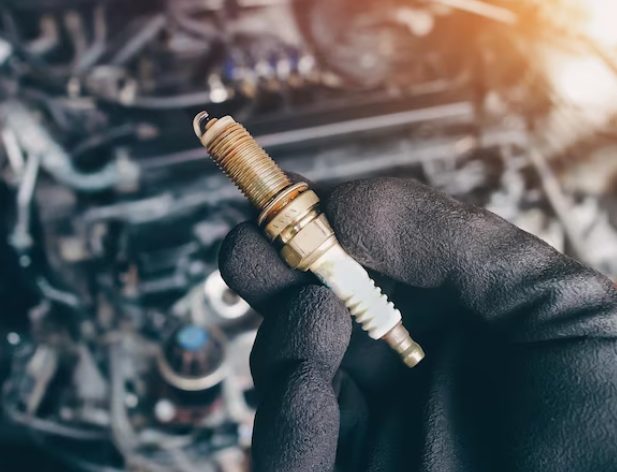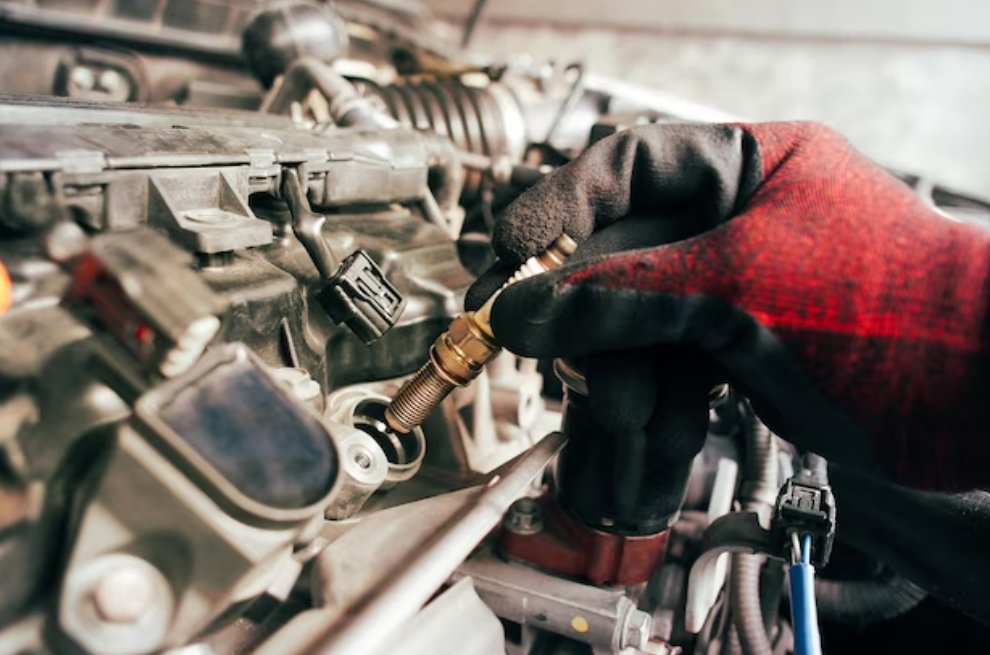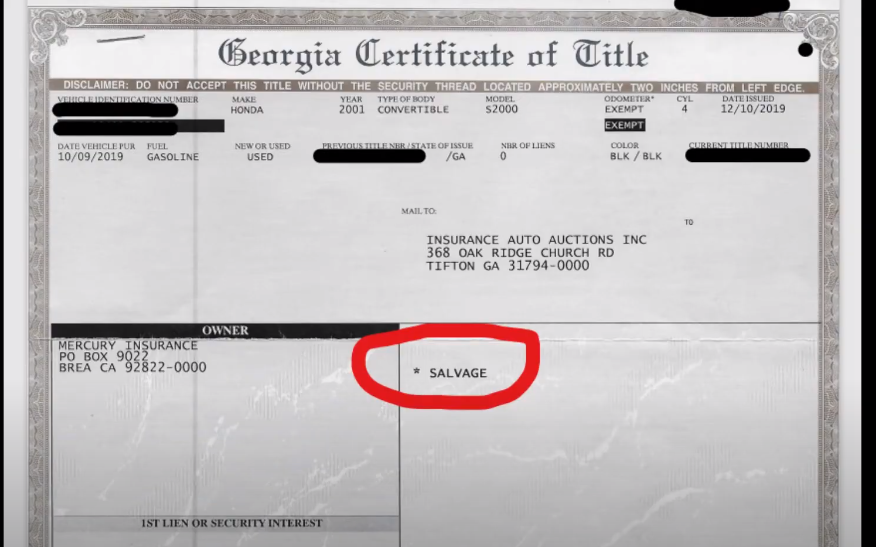How to Change Spark Plugs in Your Car
Spark plugs are essential components of your car's ignition system because they produce the spark required for combustion in the engine cylinders. Spark plugs can deteriorate or clog over time, which lowers engine performance and fuel economy. You may perform the inexpensive and somewhat straightforward maintenance chore of changing the spark plugs on your own. This blog article will walk you through the process of changing the spark plugs in your automobile step-by-step, allowing you to retain the best possible engine performance and fuel efficiency.

What You'll Need to Change Spark Plugs
You'll need a few tools and supplies to change spark plugs. You must first obtain the proper spark plugs for your particular car. To remove and install the spark plugs, you'll also need a socket wrench with an extension bar and a spark plug socket that can firmly hold the plug. A spark plug gap tool may be required to measure and adjust the gap if needed. A torque wrench is advisable to tighten the spark plugs to the manufacturer's specifications. Optional tools include a spark plug boot puller for vehicles with spark plug wires, anti-seize compound to prevent the plugs from sticking, and dielectric grease for moisture protection. Lastly, keep a shop towel or rag handy to clean the spark plug wells before beginning the process. Remember to consult your vehicle's manual or seek professional guidance if you have any uncertainties.

When choosing spark plugs for your car, it's important to refer to your vehicle's manual for specific recommendations. OEM spark plugs are often a reliable choice as they are designed to meet your engine's requirements. Understand the different spark plug types available, such as copper, platinum, and iridium, and consider their performance, longevity, and cost. Research any performance upgrades available for your vehicle, keeping in mind compatibility and manufacturer recommendations. Checking the heat range of the spark plugs is crucial to ensure proper heat dissipation. Factors like driving conditions and habits should also be considered. When in doubt, consult a reliable technician or automotive expert who can make tailored suggestions depending on the requirements of your car. You may choose the best spark plugs to maximize the performance and lifetime of your engine by carefully taking into account these aspects.
Start by looking up detailed directions and illustrations in your vehicle's handbook on how to find the spark plugs in your car. Locate the engine after the hood is open; it is usually located on the top or sides of the engine's cylinder head(s). Look for ignition wires or coils that lead to the spark plugs. Follow the wires from the distributor or ignition coils to each spark plug, which are usually connected to the top of the plugs. In newer vehicles with individual ignition coils, you may see the coils mounted directly on top of the spark plugs. Inspect the engine layout and search for small, cylindrical components with wire connections, which are the spark plug boots or ignition coils covering the plugs. The spark plugs might alternatively be hidden within a cover on top of the engine or beneath the intake manifold. Before doing any work on your car, don't forget to take the appropriate safety precautions, such as making sure the engine is cold and the ignition is off.

Ensure Safety: Before you begin, ensure the engine is cool to avoid any burns. Also, make sure the ignition is turned off.
Remove Spark Plug Wires/Coils: If your vehicle has spark plug wires, gently twist and pull the wire boot to disconnect it from the old spark plug. Avoid pulling on the wire itself to prevent damage. For vehicles with individual ignition coils, carefully remove the coil by either unscrewing it or releasing the locking mechanism.
Clean the Spark Plug Wells: Use a shop towel or rag to clean any dirt or debris around the spark plug wells. This will help prevent contaminants from falling into the cylinder when you remove the old plugs.
Remove the Old Spark Plugs: Attach the spark plug socket to a socket wrench with an extension bar. Insert the socket over the old spark plug and turn counterclockwise to loosen and remove it. Take care not to force or cross-thread the plug during removal.
Check the New Spark Plugs: Before installation, inspect the new spark plugs for any signs of damage. Ensure that the spark plug gap matches the specifications recommended for your vehicle (refer to the manual or check with the manufacturer).
Install the New Spark Plugs: Carefully insert the new spark plug into the spark plug socket. Position the socket and plug at the spark plug well and hand-tighten it clockwise until it's snug. Use the torque wrench to tighten the spark plug to the manufacturer's specified torque. Be cautious not to overtighten.
Reattach Spark Plug Wires/Coils: For vehicles with spark plug wires, push the wire boot firmly onto the new spark plug until it clicks into place. If your vehicle has ignition coils, carefully reattach them by screwing them back in or securing the locking mechanism.
Repeat Steps for Remaining Spark Plugs: Repeat steps 4 to 7 for each remaining spark plug, working one at a time. It's recommended to change spark plugs one by one to avoid mixing up the ignition wires or coils.
Double-Check Connections: Ensure that all spark plug wires or ignition coils are securely reattached to the new spark plugs.
Test the Engine: Once all the new spark plugs are installed, start the engine and listen for smooth and steady operation. If you notice any issues, double-check the connections and consult a professional if needed.
-
Should I apply anti-seize compound to the spark plug threads?
Applying a small amount of anti-seize compound to the spark plug threads is optional but recommended. It can help prevent the spark plugs from seizing or sticking in the cylinder head, making future removal easier. However, be cautious not to overapply the compound, as it can affect torque values and cause issues. Follow the instructions provided with the anti-seize compound and consult your vehicle's manual if you're uncertain.
-
Can I reuse old spark plugs?
Reusing old spark plugs is generally not recommended. Over time, spark plugs can develop wear, fouling, or electrode erosion, which can lead to decreased performance and engine issues. It's best to replace them with new, properly gapped spark plugs for optimal engine performance.
Read more article here: Top 10 Jeep Grab Handles For An Enhanced Off-Roading Experience










